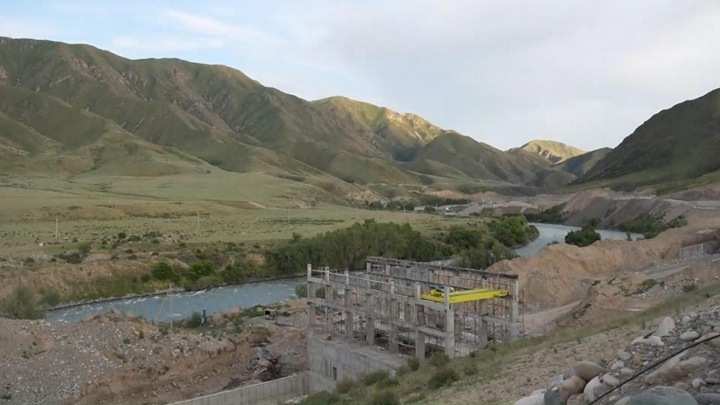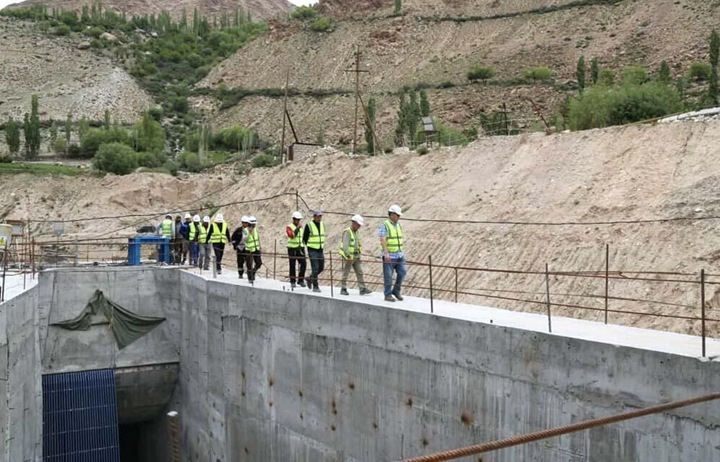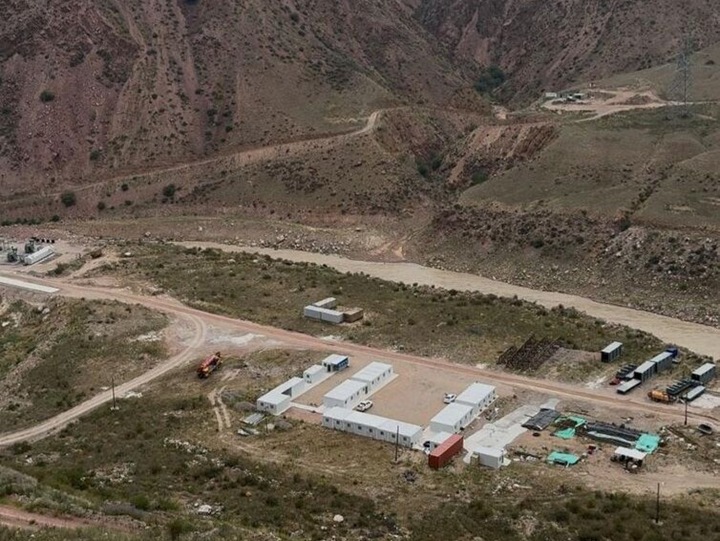Risks of HPP for Eshkiolmes petroglyphs: what is kept silent in the akimat of Zhetisu
The authorities of the Kazakhstan region of Zhetisu, following the results of the visiting meeting, stated that there were no threats to the unique Eshkiolmes petroglyphs from the Verkhne-Talaptinskaya HPP under construction. However, according to public figures and experts, the official statement considers only one small facility, keeping silent about the risks posed by the construction of the entire cascade of hydroelectric power plants on the Koksu River. Activists fear that the largest collection of rock art in Central Asia, included in the UNESCO World Heritage tentative list, is under threat.

While the press service of the akimat reports that the Verkhne-Talaptinskaya HPP does not involve the construction of a dam to create a reservoir and will not change the microclimate, experts of the ecological coalition “Rivers without Boundaries” point to another, much more serious threat.
“As part of the same cascade on the Koksu River, it is planned to build a large Talaptinskaya HPP with a capacity of 150 MW, which technically cannot do without a dam and a large reservoir,” said Alexander Kolotov, director of the Rivers Without Boundaries public foundation. – It is the creation of such a reservoir that will change the humidity in the area, which can accelerate the erosion of rocks and provoke the growth of lichens that destroy ancient drawings. Archaeological sites that have not yet been explored may also be under water. In addition, the Koksu River is also a habitat for rare and endemic fish and amphibians, for example, the Siberian frogtooth.”
Not only Rivers Without Boundaries, but also other public organizations, including the Petroglyph Hunters Public Foundation, claim systemic violations during the implementation of the entire project on the Koksu River. According to their data, a single cascade of seven HPPs was artificially divided into separate projects, which made it possible to avoid a single comprehensive examination. Activists claim that mandatory public hearings and archaeological examinations have not been conducted on a number of sites, and project documentation is not available to the public. This is a violation not only of the Environmental Code of the Republic of Kazakhstan, but also of the international Aarhus Convention.
The Eshkiolmes archaeological complex has, according to various estimates, up to 25 thousand petroglyphs from the Bronze Age to the Kazakh Khanate and is an object of world importance, the study of which is far from complete. In addition to cultural heritage, the tourist potential of the Koksu River, the international rafting center where the Asian Championship was held in 2023, is also under threat. The construction of a cascade of hydroelectric power stations, according to the Rafting Federation of Kazakhstan, will also destroy the river as a sports facility.
Public activists demand strict compliance with the law and a transparent examination, taking into account all the risks posed by the project of constructing a cascade of hydroelectric power stations on the Koksu River.
Alexander Eskendirov (Rivers.Help!)
Original (in Russian): Риски ГЭС для петроглифов Ешкиольмеса: о чем умалчивают в акимате Жетісу


